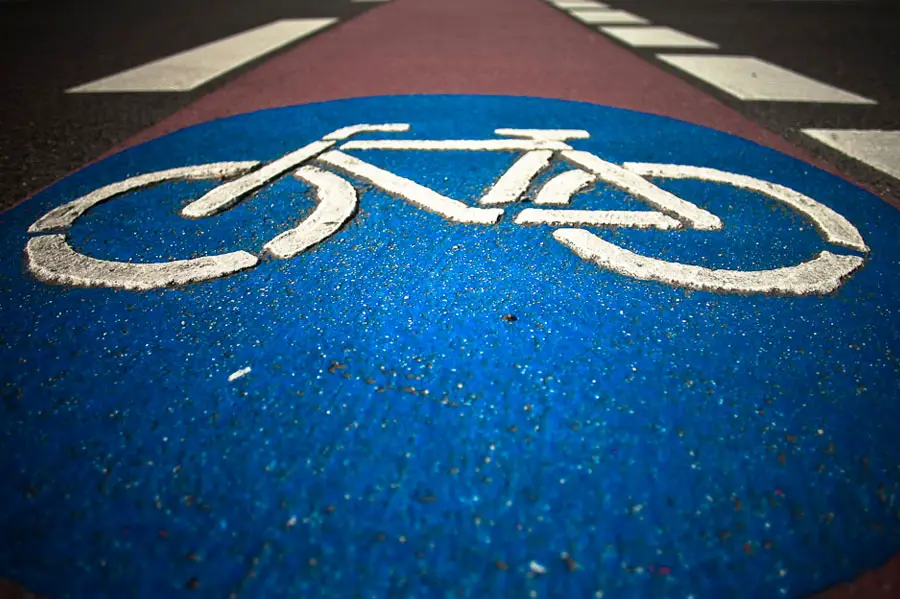It may be hard to believe, but each day we post over 1.8 billion photos to the internet – thats over 20,000 a second! While many of these are likely to be selfies, there must be many millions of photos of everyday streets and urban places. Each of these photographs holds valuable data about the qualities of each street, but because this data is in a visual format it can be hard to analyse and make sense of the huge number of images that are being posted to social media every day.
However, in a recent collaboration between Walkonomics and researchers from Yahoo Labs (Daniele Quercia, Luca Maria Aiello and Rossano Schifanella) we have been able to begin to understand what millions of urban street photos can tell us about walkability.
We did this by analysing over 7 million geo-tagged Flickr photos, 8,000 FourSquare locations and comparing them to more than 3,000 street segments in Central London that had been rated for walkability by Walkonomics.
Fewer Cars = More Walkable
The study had some interesting findings, including that areas with higher levels of crime tend to be photographed less at night. However, perhaps the most useful result highlighted the potential of geo-tagged photos to predict and map walkable streets. The research was able to draw upon millions of geo-tagged photos from Flickr and found a positive correlation (0.49) between pedestrian-friendly streets and photos that had been tagged with ‘walkability’ keywords (such as ‘sidewalk’, ‘clean street’, ‘tree’ and ‘architecture’).
We found an even stronger correlation (-0.78) between street photographs that featured cars and streets that were not walking-friendly. This further confirms Jeff Specks ‘General Theory of Walkability’ that the presence of cars has the largest impact on street walkability. Furthermore when we combined these two factors (presence of ‘walkability’ tags and the absence of ‘car’ tags) we found the strongest correlation (0.89).
None of these results will be very surprising to anyone who regularly walks in the city: its obvious to many of us, that streets are better for walking when there are less cars! However, not only do the findings add yet more evidence on the benefits of walkable streets, they also suggest that photo-driven social media has the potential to help us measure and improve our urban streets for pedestrians.



